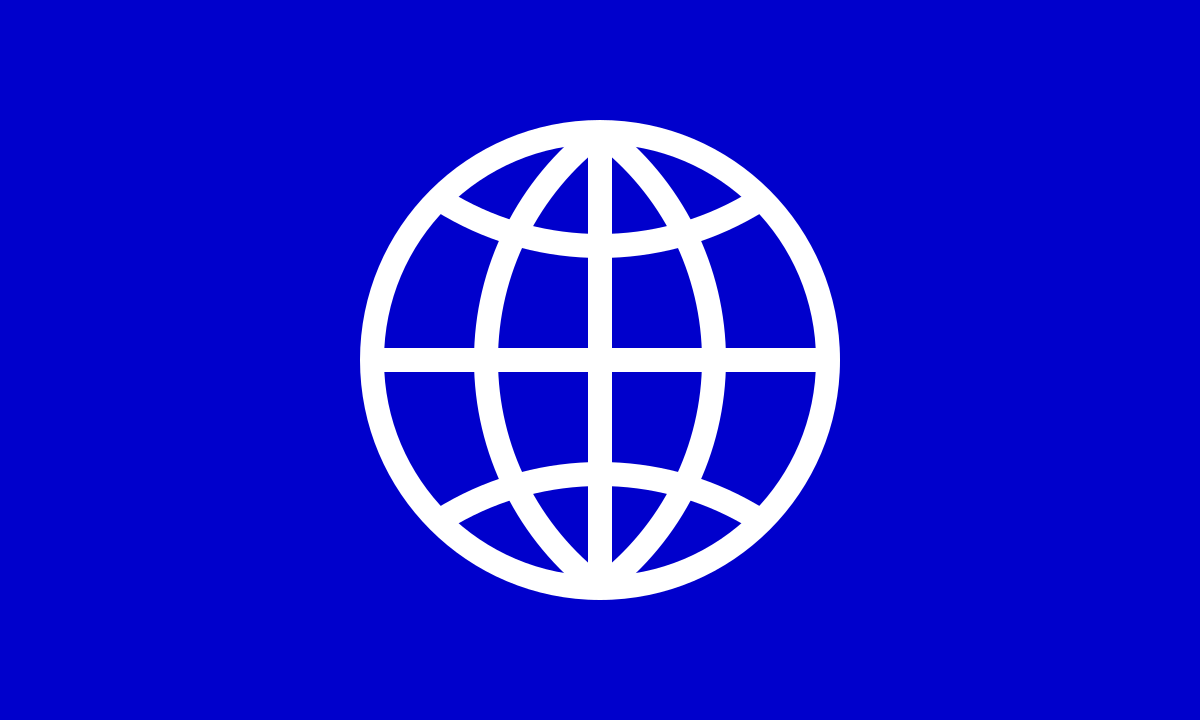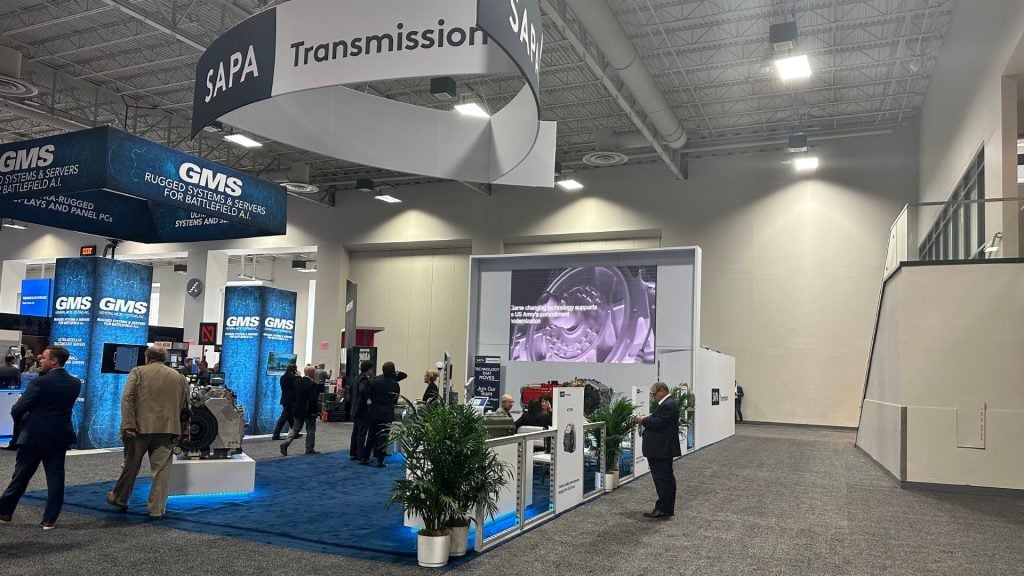
Introduction
Managing exhibitions across multiple continents is no small feat. From navigating different time zones to ensuring cultural sensitivities are respected, global exhibitions come with unique challenges. However, with the right strategy and planning, you can create seamless, impactful experiences for your audience no matter where in the world they are. Here’s a look at how to manage exhibitions across continents with comprehensive global solutions.
1. Centralized Planning, Local Execution
The key to successful global exhibition management is balancing centralized strategy with local execution. While it’s essential to have a unified brand vision, local markets will have specific needs that must be addressed.
- Global Consistency: Develop a consistent global exhibition strategy that ensures your brand is presented cohesively across all markets. This includes booth design, messaging, and overall experience.
- Local Adaptations: Allow flexibility in local markets for cultural nuances, regulations, and customer preferences. Partnering with local teams or vendors who understand the regional landscape is crucial for smooth execution.
- Cross-Continent Coordination: Use centralized project management tools to coordinate tasks, deadlines, and responsibilities across various time zones. This ensures everyone is aligned and that tasks are completed on schedule.
2. Logistics and Supply Chain Management
Exhibitions across continents require flawless logistics management to ensure everything from booth materials to technology arrives on time and in perfect condition.
- Reliable Shipping Partners: Choose trusted shipping and logistics partners with global reach and expertise in handling exhibition materials. Ensure they can manage customs clearance, documentation, and timely deliveries.
- Inventory Management: Keep a well-organized inventory of booth elements, tech equipment, and marketing materials. Consider using regional warehouses to store items closer to the exhibition locations, reducing shipping time and costs.
- Flexible Setup Teams: Have a mobile team of trained professionals who can handle booth setup and dismantle at different locations. This ensures consistency and efficiency, no matter where the exhibition takes place.
3. Navigating Time Zones and Deadlines
Time zone differences can cause significant communication and coordination challenges when managing global exhibitions. Planning and scheduling are key to overcoming these hurdles.
- Global Project Management Tools: Use tools like Trello, Asana, or Monday.com to keep track of deadlines, milestones, and tasks. These tools also allow for real-time updates, ensuring all team members, no matter their location, are on the same page.
- Schedule Buffer Time: Factor in extra time for shipping delays, setup, and unexpected changes when planning across time zones and borders. Give yourself room for last-minute adjustments without disrupting the overall timeline.
- Designate Regional Leads: Appoint a local point of contact in each continent to handle on-the-ground coordination. This ensures there’s always someone available to deal with issues as they arise, even if the main team is in a different time zone.
4. Cultural Awareness and Customization
Exhibiting across continents means interacting with diverse audiences, each with its own set of cultural norms and preferences. Ensuring your brand message resonates with local audiences is crucial.
- Localization of Messaging: Tailor your messaging to fit the cultural context of each region. What works in Europe might not resonate in Asia, and vice versa. Consider language preferences, tone, and culturally relevant visuals.
- Respect Local Customs: Be mindful of local customs and business practices. Whether it’s specific greetings, business attire, or acceptable booth giveaways, understanding cultural differences can enhance your brand’s reception.
- Culturally Inclusive Design: When designing your booth, ensure that your visual and experiential elements are inclusive and relevant to the region. This can mean adjusting color schemes, imagery, or even the layout to suit local tastes.
5. Technological Solutions for Real-Time Communication
Keeping your teams connected and informed in real-time is crucial when managing exhibitions across continents. Leveraging technology can bridge geographical gaps and facilitate smooth communication.
- Virtual Collaboration Tools: Platforms like Zoom, Slack, and Microsoft Teams allow for virtual meetings and instant messaging across time zones. Use these tools to keep communication lines open and address issues promptly.
- Live Monitoring and Reporting: Use real-time reporting software to monitor booth traffic, lead generation, and customer engagement at each exhibition location. This allows you to make quick adjustments and capitalize on new opportunities.
- Global Tech Support: If your exhibition involves complex technology (e.g., AR/VR, interactive displays), ensure you have tech support available in each region. This prevents downtime due to technical issues.
6. Budgeting for Global Exhibitions
Budgeting for exhibitions across continents requires careful planning to account for fluctuating costs, exchange rates, and unexpected expenses.
- Regional Cost Variations: Costs for services like labor, booth space, and materials can vary widely between continents. Research and plan your budget accordingly for each location.
- Currency Exchange: Keep a close eye on exchange rates when budgeting for global exhibitions. Currency fluctuations can impact your costs significantly, so build in a buffer to account for these changes.
- Cost-Efficiency Strategies: Consider cost-saving strategies like reusing booth elements across multiple shows or consolidating shipments to save on logistics costs. Using local vendors for certain materials can also help reduce expenses.
7. Post-Exhibition Analysis and Continuous Improvement
Once the exhibitions are over, it’s essential to review each event’s performance and gather feedback from local teams to optimize future shows.
- Global Performance Metrics: Track key performance indicators (KPIs) like foot traffic, lead generation, and engagement rates across different regions. Compare the results to identify trends and areas for improvement.
- Feedback from Regional Teams: Solicit feedback from regional teams on what worked and what didn’t. This local insight can provide valuable information for refining your global exhibition strategy.
- Continuous Optimization: Use the data gathered to fine-tune your future exhibitions, ensuring they’re even more successful and efficient.
Conclusion: Mastering Global Exhibitions with Strategic Solutions
Managing exhibitions across continents is complex, but with a well-thought-out strategy, streamlined logistics, and a culturally sensitive approach, you can create successful global exhibitions that make a lasting impact. By balancing global consistency with local customization, utilizing technology for real-time communication, and maintaining a flexible and proactive mindset, your brand can shine on the world stage.


 Global
Global Europe
Europe

